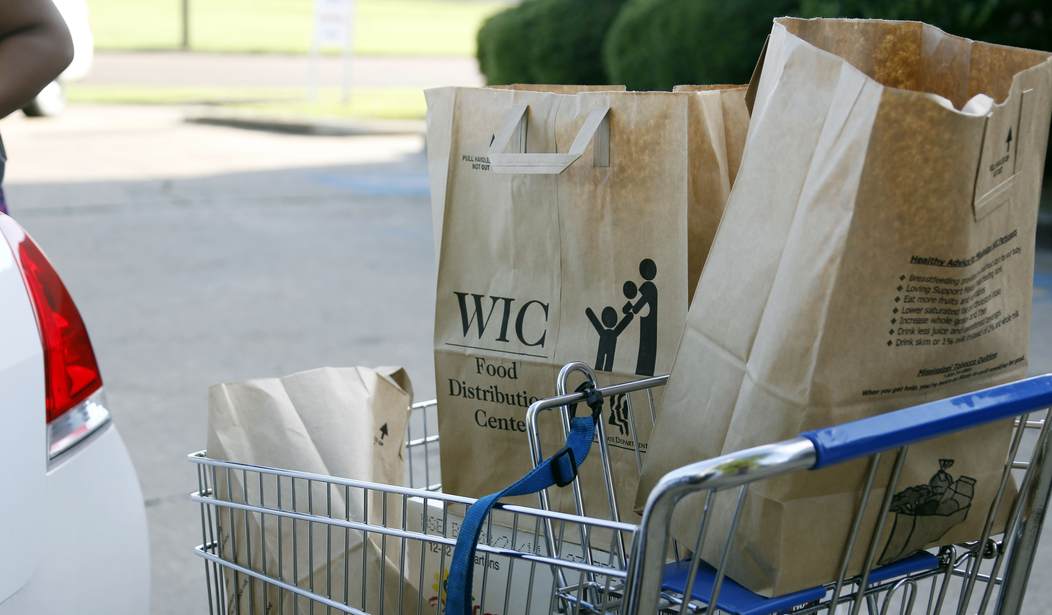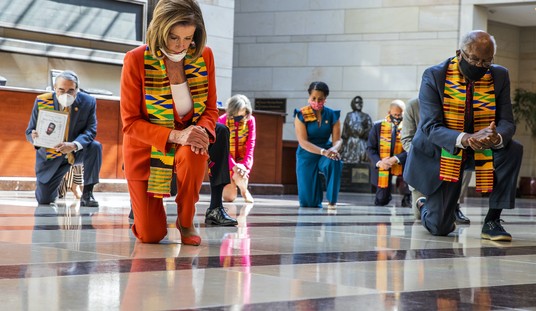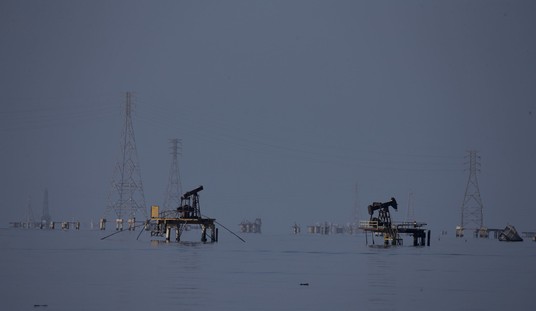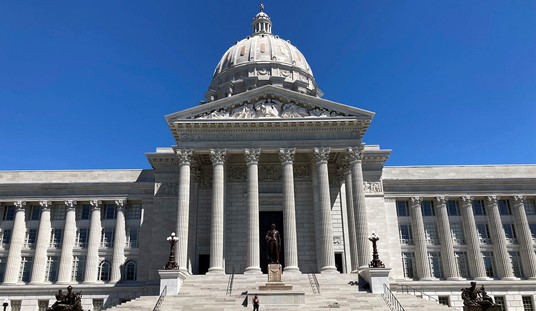Mississippi and West Virginia are numbers 1 and 3 for most impoverished U.S. states. The U.S. Census Bureau defines a family of four with an annual income of $26,500 or less a year as a family in poverty. Out of 2,940,452 Mississippians, 19.1 percent live at or below the poverty level, according to an analysis by Forbes contributor, Andrew DePietro. He also noted that West Virginia's population of 1,766,107 shows 17.9 percent living at or below the poverty line. But after reading through opinion and position papers on what causes these particular states to remain in the Top 3, it is not as clear cut as they like to make it.
A story shared by a local West Virginia TV station said it well:
Many experts argue that the poverty measure in the U.S. is a grossly outdated and incomplete barometer of financial security. When you consider the implications of falling on either side of these thresholds—like qualifying for various federal assistance or not— the formula is staggeringly simple. These thresholds are established by tripling the cost of the most basic food plan in 1963—the year they were created— and adjusting for family size and annual inflation. By this definition, the poverty threshold today for a family of four is roughly $26,000 annually; for an individual, that number is $13,000. But the reality of economic hardship does not abide by the output of a calculation, nor is the lived experience the same way from person to person.
There are particular areas within the state that are the drivers of this poverty metric. State-based journal West Virginia's News identified 11 counties . The combined populations of those counties is around 294,800. So, 16.7 percent of the state’s overall population lives in counties with persistent poverty. Of note in the report is that these counties border rural areas near Kentucky, and rural areas in the Appalachian Mountains.
Dr. John Deskins is the director of the Bureau of Business & Economic Research at West Virginia University’s John Chambers College of Business and Economics. He attributes the persistent poverty in the state to two things, according an interview with West Virginia's News:
- Lack of economic diversity. Once the coal industry declined, there wasn't much to replace it.
- Out migration of a younger population e.g., your workforce.
With a median age of 40, West Virginia has the oldest population in the United States. West Virginia is also 92 percent white.
In Mississippi, on the other hand, the median age is 36, a younger trending population and also a heavily Black one. The state shows the largest percentage of Black residents in the country.
Mississippi's demographics show:
- 57.36 percent white
- 37.53 percent Black
- 2.36 percent identify as two or more races
- 1.28 identify as other
- 0.98 percent Asian
- 0.45 percent Native American
- 0.04 percent Native Hawaiian or Pacific Islander
However, Mississippi struggles with similar presiding issues as West Virginia. The more ambitious and better-educated generations are not sticking around, while the aging and less skilled population continues to get older, poorer, and often sicker.
Kevin Malphurs, a 38-year-old native of Jackson, left Mississippi to find work in Columbus, Ohio.
“We picked Columbus because there are a lot of jobs and major companies there,” Malphurs said. “There are no Fortune 500 companies in Mississippi. If you want to do financial analysis for a Fortune 500 company, then that type of job doesn’t exist in Mississippi, unfortunately.”
Erin Runnels, a 37-year-old native of Laurel, left Mississippi to find better culture and opportunities in Kansas City, Missouri.
“I just felt like I needed more culture. It’s not that Mississippi doesn’t have culture, but the culture is very homogenous,” Runnels said. “In Kansas City, there’s more people like me here, and there’s more opportunities here.”
Every Mississippian knows the problem: Young people, in search of high-quality education, high-paying jobs or more fulfilling lifestyles, have left Mississippi in droves in recent years.
Thanks to newly released data, Mississippians can now better understand the full scope of the problem: In late April, the U.S. Census Bureau released preliminary 10-year data showing that Mississippi was one of just three U.S. states to lose population over the past 10 years. Only twice before had Mississippi lost residents in a 10-year span: 1920 and 1960.
This could shift as Amazon has made a $10 billion investment in moving their data and web services to Mississippi. Mississippi has also been working on shoring up its health and educational outcomes with the expansion of Medicaid, and improved reading scores; but the long-term outcomes on actual poverty cannot be measured for years, if not decades.
According to WVU's Dr. John Deskins, the way to erode the poverty cycle is to shore up and develop areas that are doing well and work toward increasing that benefit to surrounding areas. Charles Town in West Virginia is a fast-growing city, much due to its affordable and charming housing, while having proximity and convenient access to Washington, D.C. In Mississippi, Bay St. Louis is its fasting-growing community. The community leaders are working on a two-decade plan to keep that growth going, while providing benefit to its youth and residents. In turn, that will add benefit to the state overall.
What is clear: poverty outcomes have little to do with race or economic disparities, and more to do with maintaining a diverse and growing community that incorporates a variety of work, education, and health benefits that allow all generations to thrive.













